Student engagement in higher education has never been more crucial. As students face pressures from academic workloads, financial responsibilities, and personal challenges, maintaining their engagement can become a significant hurdle. For educators, understanding these pressures and addressing them is essential for fostering a motivated and involved learning environment.
This article explores why student engagement in higher education is critical and offers practical strategies to empower students. By applying these insights, you can create a more supportive learning experience that improves both academic performance and student well-being.
Why Student Engagement in Higher Education is Critical
The Pressures of Higher Ed Students

College students are navigating a pivotal stage of life—facing new responsibilities while managing growing expectations from both academic and personal fronts. Their engagement often suffers as a result of these compounding pressures:
- Academic Pressure: Many students struggle with the transition from high school to the more demanding environment of college. The increased workload and expectations can overwhelm students, leading to stress, anxiety, and even burnout.
- Mental Health Struggles: Nearly half of higher education students report symptoms of anxiety and depression. The combination of academic pressure, adjusting to new environments, and managing personal life often exacerbates mental health issues.
- Financial Strain: Financial burdens add another layer of stress. Many students rely on loans or part-time jobs to fund their education, leading to a constant juggle between academics and finances.
- Time Management: Balancing academics, part-time work, extracurriculars, and personal commitments is a challenge that many college students find overwhelming.
- Social Adjustments: The transition to college brings significant social changes, including the need to make new friends, navigate social dynamics, and combat homesickness. For introverted students or those with difficulty in socializing, this adjustment can become a source of anxiety and isolation.
How You Can Empower Them
To truly engage students, educators must do more than deliver content; they must create a supportive learning environment that acknowledges and addresses these pressures. Here’s how:
- Break Down Barriers with Flexibility: Offer flexibility in deadlines or participation formats to acknowledge the outside pressures your students face. This allows them to manage their responsibilities more effectively while staying engaged in their studies.
- Incorporate Active Learning: Engage students with real-life examples, group discussions, and interactive activities that make learning feel relevant and dynamic. This creates opportunities for students to contribute, giving them a sense of ownership in the learning process.
One effective way to promote active learning is by trying out engagement tools designed to enhance classroom interaction, like ClassPoint. This versatile tool integrates directly into PowerPoint, enabling you to create interactive quizzes, make presentations dynamic, engage with gamification, and even incorporate AI that drive student participation.
- Support Mental Health: Regularly remind students of available mental health resources and consider incorporating mental health check-ins into your course. A simple acknowledgment of their well-being can go a long way in making students feel seen and supported.
- Encourage Reflection: Offering opportunities for reflection and feedback helps students feel like valued participants in their learning. This could be as simple as an end-of-class question or periodic reflections on their progress.
Here's our take on how to give effective feedback to students.
10 Tailor-Fit Tactics to Boost Student Engagement in Higher Education
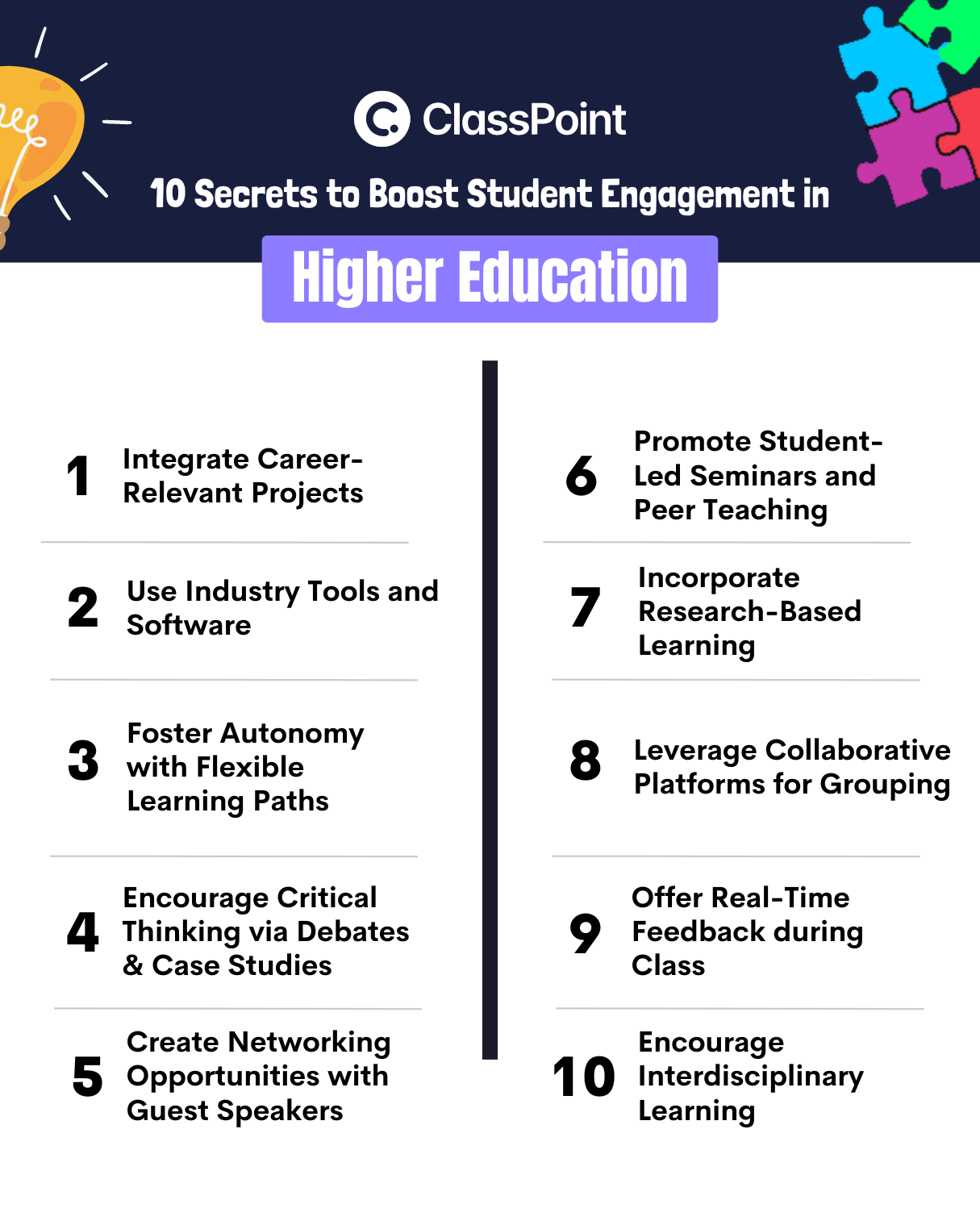
1. Integrate Career-Relevant Projects
How you can do it: Tie assignments directly to real-world career outcomes. Higher ed students are motivated by knowing how coursework translates to their future professions. Let students choose project topics that align with their career goals or industry interests.
By connecting projects to career paths, you make learning more relevant and engaging, showing students the tangible benefits of their academic efforts. This approach not only boosts motivation but also helps students build skills directly applicable to their future jobs.
Application ideas:
- Allow students to choose project topics related to their desired career fields.
- Incorporate real-life case studies and simulations relevant to industry challenges.
- Offer flexibility in project deliverables, such as presentations, reports, or practical demonstrations.
2. Use Industry Tools and Software
How you can do it: Incorporate professional tools and platforms that students will use in the workforce. For example, business students could work with actual market analysis tools, or design students might use professional-grade software. This bridges the gap between academia and real-world skills.
Using industry-standard tools enhances practical learning and prepares students for real-world applications. It also boosts their confidence by familiarizing them with the tools they’ll encounter in their careers.
Application ideas:
- Integrate tools commonly used in the industry into coursework and projects.
- Set up assignments that require students to use software or platforms they will encounter in their future careers.
- Provide opportunities for students to collaborate using industry-standard tools and technologies.
3. Foster Autonomy with Flexible Learning Paths
How you can do it: Higher ed students often balance jobs, internships, and extracurriculars. Offering flexible learning options—such as asynchronous lectures, self-paced modules, or project-based assessments—allows them to manage their education while accommodating other responsibilities.
Flexibility in learning respects students’ busy schedules and diverse needs, enhancing their engagement and academic performance. It allows them to tailor their learning experience to their individual preferences and life circumstances.
Application ideas:
- Offer a mix of synchronous and asynchronous learning options.
- Allow students to select from various project types or research topics.
- Use learning management systems to provide continuous access to course materials and deadlines.
Come check out rundown on 11 Practical Blended Learning Examples to take inspiration from.
4. Encourage Critical Thinking through Debates and Case Studies
How you can do it: Incorporate debates and case studies into your curriculum to stimulate critical thinking. Engage students by discussing current events, ethical dilemmas, or industry-related scenarios relevant to their fields of study.
This method promotes active participation and encourages students to voice their opinions, leading to a deeper understanding of the subject matter. It also helps develop essential skills such as analytical thinking, persuasion, and public speaking.

Application ideas:
- Organize structured debates on relevant topics within the course material.
- Use case studies to provide real-world scenarios for students to analyze and discuss.
- Facilitate group discussions that encourage students to challenge each other’s viewpoints constructively.
5. Create Networking Opportunities with Guest Speakers
How you can do it: Invite industry professionals, alumni, or subject matter experts to share their experiences and advice. Students in higher education are often focused on building their professional network, and these sessions can engage them by directly linking coursework to real-world connections.
Networking opportunities enhance student engagement by connecting classroom learning with professional practice. It helps students build valuable contacts and gain insights into their chosen fields.
Application ideas:
- Schedule guest lectures or webinars with professionals from relevant industries.
- Organize networking events or Q&A sessions where students can interact with guest speakers.
- Encourage students to participate in industry panels or professional development workshops.
6. Promote Student-Led Seminars and Peer Teaching
How you can do it: Encourage students to lead discussions, present research findings, or even co-teach certain topics. This empowers them and builds confidence in their subject knowledge.
Student-led activities foster a sense of ownership and responsibility. They also enhance learning through teaching, as students solidify their understanding by explaining concepts to their peers.
Application ideas:
- Assign students to lead seminar sessions or class discussions on selected topics.
- Allow students to present their research or projects to the class.
- Create opportunities for peer teaching, where students explain course material to each other.
7. Incorporate Research-Based Learning
How you can do it: Involve students in active research projects. Allow them to explore questions that intrigue them within your subject area, turning passive learners into active researchers and problem-solvers.
Research-based learning engages students in deeper exploration of topics, fostering critical thinking and problem-solving skills. It also helps students develop expertise and gain hands-on experience in their field of study.
Application ideas:
- Provide opportunities for students to develop and conduct their own research projects.
- Offer guidance on research methods and support throughout the research process.
- Create platforms for students to share their research findings with peers, such as research fairs or publications.
8. Leverage Collaborative Platforms for Group Work
How you can do it: Use collaborative tools like Slack, Microsoft Teams, or Google Workspace to facilitate seamless collaboration and communication among peers. These platforms mirror the collaborative nature of the modern workplace.
Collaborative platforms enhance student engagement by promoting teamwork and communication skills. They help students manage group projects more effectively and develop skills that are crucial for their future careers.

Application ideas:
- Set up group projects that require regular use of collaborative tools.
- Use platforms to facilitate group discussions, file sharing, and project management.
- Encourage students to use collaborative tools for brainstorming and feedback.
9. Offer Real-Time Feedback during Class
How you can do it: Use interactive platforms where you can provide real-time feedback on presentations, quizzes, or discussions. Helping students correct course immediately and understand how to improve enhances their learning experience.
Real-time feedback allows students to adjust their work promptly and understand their performance better. It creates a more dynamic learning environment and supports continuous improvement.
Application ideas:
- Utilize interactive tools to give instant feedback during class activities.
- Provide immediate responses to student questions and contributions in discussions.
- Use digital platforms to track and address student progress in real-time.
10. Encourage Interdisciplinary Learning
How you can do it: Allow students to explore intersections between their major and other fields. Higher ed students benefit from seeing how disciplines connect in complex, real-world systems, enhancing their understanding and versatility.
Interdisciplinary learning promotes a broader perspective and fosters innovation by showing students how different fields intersect. It helps students develop a more holistic understanding of their subject matter and its applications.
Application ideas:
- Design projects or assignments that integrate multiple disciplines.
- Organize cross-departmental seminars or workshops to expose students to diverse perspectives.
- Encourage students to explore how their major intersects with other fields of interest through elective courses or special projects.
Implementing These Strategies in the Classroom
To effectively apply these strategies and boost student engagement, consider these nuanced best practices:
👉🏻 Elevate Engagement through Varied Assessment Methods
Incorporate diverse assessment formats, like ClassPoint’s 8 interactive quiz questions, to keep students engaged and accommodate different learning preferences. To tie it with, integrations of real-time feedback can transform assessments into interactive experiences that maintain student interest and provide immediate insights into their understanding.
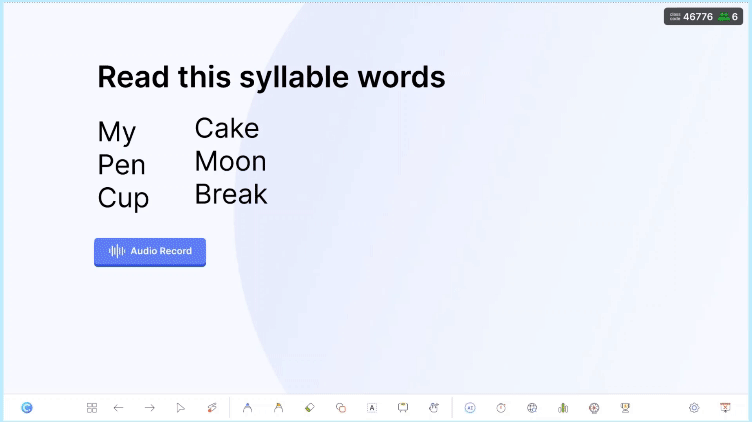
👉🏻 Support Autonomy with Flexible Evaluation
Offer students flexible options for how they demonstrate their knowledge and skills. Implement systems that allow for self-paced learning and varied assessment methods, making it easier for students to manage their time and responsibilities. By using performance tracking tools, you can monitor individual progress and provide tailored feedback, helping students stay motivated and on track without being overwhelmed.
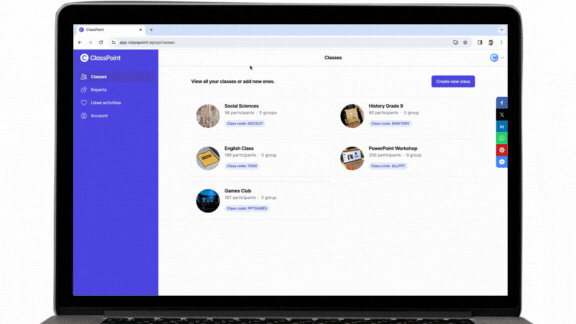
👉🏻 Foster a Motivating Environment with Subtle Rewards
Create a classroom atmosphere that encourages students to excel by incorporating elements that recognize their efforts. Reward systems, such as ClassPoint’s engineered gamification features, can significantly boost motivation.
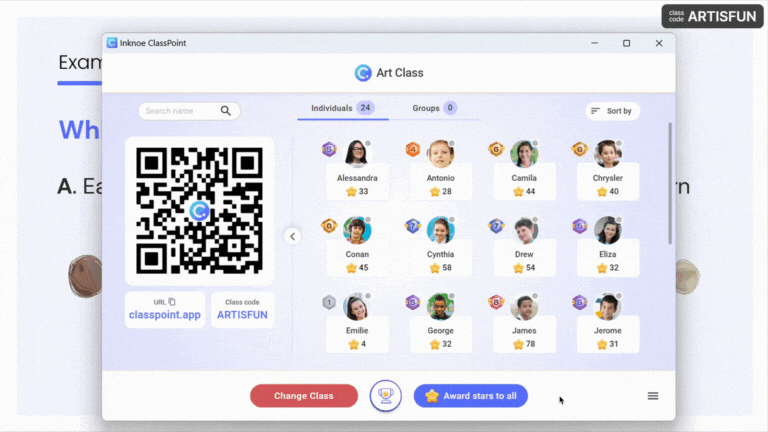
👉🏻 Enhance Learning with Collaborative Opportunities
Encourage collaboration by integrating opportunities for students to work together on projects and discussions. Use tools that facilitate seamless communication and collective input, which helps students develop teamwork skills and stay engaged with the material.
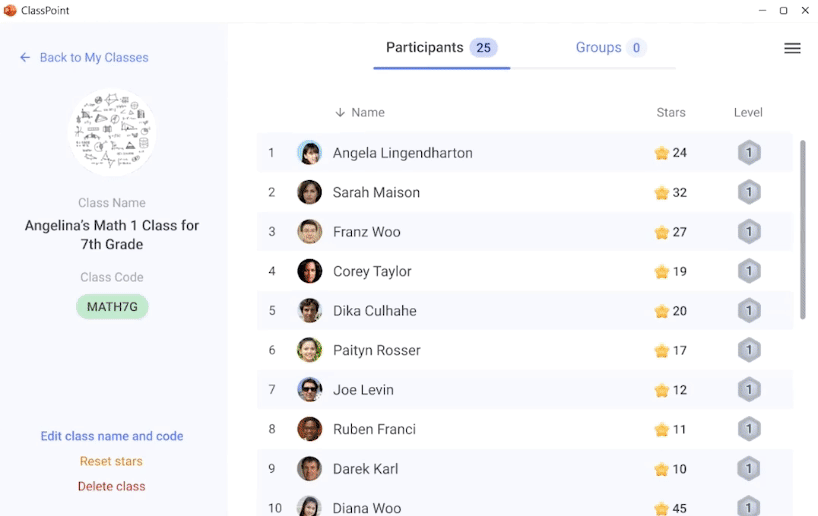
Final Thoughts
As we navigate the complexities of higher education, the goal is always to find ways to make learning more engaging and meaningful. The strategies discussed offer practical avenues for enhancing student engagement, helping to create a learning environment where students are motivated and connected to their coursework.
As you move forward with these strategies, remember that your passion and commitment to student success make all the difference. The impact you have on your students goes beyond grades and assignments—it shapes their future and helps them grow into capable, confident individuals.
